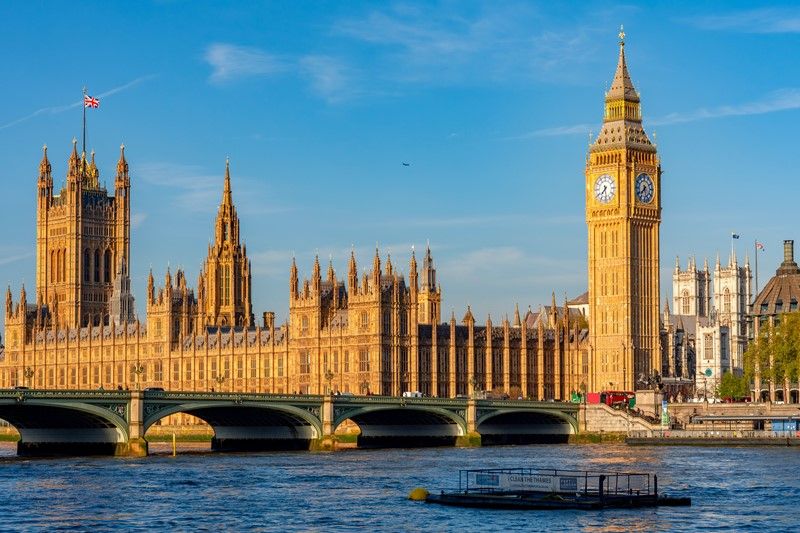How working capital is funded
Working capital refers to the day-to-day funds a business uses to manage its operations. It is the difference between current assets (such as cash, stock, and trade debtors) and current liabilities (such as trade creditors and short-term loans). Efficient working capital management is crucial for the smooth running of any business. But where does this money actually come from?
There are two main types of funding for working capital: internal and external.
Internal sources come from within the business. Profits retained after tax can be reinvested to support stock purchases, fund short-term customer credit, or settle supplier bills. Delaying payments to suppliers (without harming relationships) can also ease pressure on cash flow, as can encouraging faster customer payments. Managing stock levels carefully to avoid tying up funds in excess inventory is another way businesses internally finance working capital needs.
However, not all businesses have the luxury of strong retained profits or optimal cash flow. This is where external sources come into play.
Bank overdrafts are a common short-term solution. They offer flexible access to funds, often with interest charged only on the amount used. Overdrafts are useful for bridging short-term cash flow gaps but can become costly if used for extended periods.
Trade credit from suppliers is another widely used form of funding. By offering payment terms of 30 to 90 days, suppliers effectively finance part of a business’s working capital.
Invoice finance, including factoring and invoice discounting, allows businesses to release cash tied up in unpaid invoices. A lender advances a percentage of the invoice value upfront, improving cash flow while awaiting customer payment.
Short-term loans and revolving credit facilities are also available. These may come from banks or alternative lenders and can provide structured funding with fixed repayment schedules.
The right mix of funding depends on the nature of the business, the industry it operates in, and its financial health.




